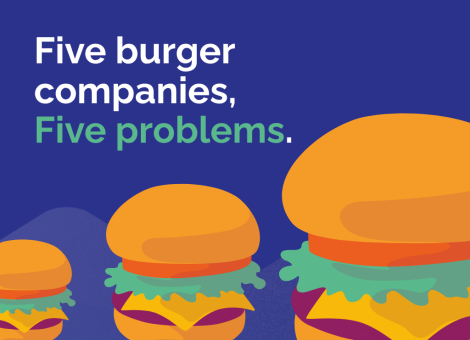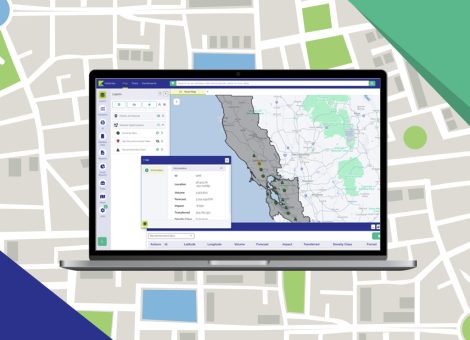Non-fuel data modeling: the secret to surviving in mature markets
Let’s begin with a question: What, specifically, are the implications for a fuel retailer as a market matures?
If you think about retail pricing, the answer is pretty clear — the market gets more volatile and you need an efficient, integrated, automated process to manage the increased number of price changes. When thinking about network planning and maximizing returns from your retail assets, increased market maturity means that retailers will need to progress toward a more holistic approach to data modeling. Specifically, they will need to be able to incorporate non-fuel-related data into their modeling techniques to understand the performance of their site as a whole. All of the offerings that contribute to the success of a retail site need to be tracked, measured, and modeled in complex markets to find true, comprehensive insight and visibility into site performance.
A richer pool of information needs to be incorporated into data models to understand how things like traffic flow, footfall, mobile use, street-side advertising, and buying behavior contribute to success. And in increasingly complex markets, it’s important to collect, aggregate, and curate that data more often. Being able to build and refresh models in minutes — as opposed to several weeks — means that you can stay on top of sudden market events and increased volatility, which contributes to demand.
What else does market maturity mean for data modeling?
As the data collected becomes more complex and varied, employing better ways of visualizing and manipulating that data to gain more profound insight becomes indispensable. In recent years, data modeling has become increasingly map-centric; by layering up-to-date data on top of maps, you can gain a deeper understanding into site performance. For example, by layering traffic flow information, or trips made by the customers with loyalty cards around a particular location, you can determine the best geographies to run a specific promotion.
And with simpler, more accurate visualization of data, more people in varied business roles will be able to access these models for use in making decisions. The capability for more users/roles to access data is referred to as “democratization,” and is often fueled by stronger user interfaces and visual elements. Standalone convenience retailers, restaurant owners and other non-fuel operators will be empowered to measure and forecast the success of their sites in relation to factors more complex and varied than gross sales.
How does fuel brand come into play?
In the earliest stages of market maturity, fuel brands are critical. Consumers in these markets tend to choose specific, familiar branded sites for quality fuel that they can trust.
But as the market develops, certain brands become trusted to deliver quality fuels that meet the agreed octane at an agreed amount (i.e., the customer pays for a liter and receives a liter — which may sound laughable to those of us who grew up in relatively mature markets, but in early markets, this isn’t always the case). Whether those brands are foreign or homegrown, brand identity is extremely important in the early stages of market maturity.
Over time, as market maturity develops, and high-quality fuel becomes a given, the fuel brand as the primary focus begins to fade into the background. Non-fuel offerings — like convenience stores, quick service restaurants, car washes, pharmacies, and coffee — become the main point of focus for site success. Retailers who continue to think of non-fuel offerings as ancillary, and do not shift their focus to developing those offerings using a holistic approach will struggle.
What does the future hold for non-fuel data modeling?
For lack of a better phrase, the possibilities are endless. This type of complex, integrated, and holistic data modeling can benefit anyone. It provides a clear forecast and framework for any project or development, and both fuel and non-fuel retailers can use it to direct their strategies and drive their growth.
Of course, you need the expertise to know how to put your data to use. Far too often, data providers will hand over raw data which, for those who are unfamiliar or inexperienced with data modeling techniques, does little to provide true value and insight.
At Kalibrate, we’ve got you covered. We have the diverse, global market data you need to understand how you’re performing in relation to both fuel and non-fuel elements — and we will show you how to manipulate that data to gain greater insight. Contact us today for a free consultation and to learn more about our unique solutions and services.
Read more articles about:
UncategorizedSubscribe and get the latest updates
You may unsubscribe from our mailing list at any time. To understand how and why we process your data, please see our Privacy & Cookies Policy
Related posts
Location intelligence
Five burger companies, five problems
These burger brands had challenges from international growth to understanding franchise locations cannibalization,...

Location intelligence
Market Optimizer: Demo video
Market Optimizer allows users to strategically grow their network in existing markets while balancing revenue...

